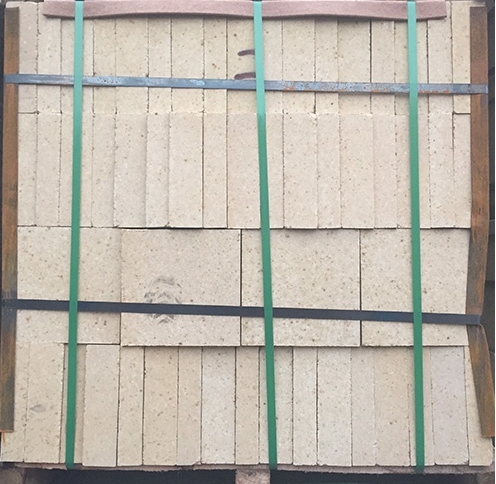- 06
- Apr
What measures can effectively prevent the loosening of refractory bricks?
What measures can effectively prevent the loosening of batu bata tahan api?
1. Strengthen the maintenance and maintenance of equipment at ordinary times
In view of the insufficient working pressure of the refractory bricklaying machine, it is necessary to strengthen the usual maintenance and maintenance of the equipment. To ensure the effectiveness of the oil-water separator, the air storage tank must be frequently drained, and the air compressor must be operated normally during the construction process to ensure that the pressure of the compressed air is within the range of 0, 55 MPa to 0, 65 MPa.

2. Instructions for Locking Bricks
When locking the bricks, make sure that the bottom surface of the kiln bricks is as close as possible to the inner wall of the kiln. After locking one ring, start to build the next ring. After all the masonry is completed, the kiln should be locked and the iron plate should be tightened. Try to tighten as much as possible below the center line of the rotary kiln to ensure that there are locking iron plates at 90°, 180°, 270°, and 360° on the circumference of the kiln. Two locks are not allowed in the same brick gap. iron plate.
3. Solve the problem of twisting ring seams
Before the refractory bricks are laid, a hoop line shall be placed every 2m in the kiln shell body, and the hoop line shall be parallel to the circumferential welding seam of each section of the shell body. When paving the refractory bricks, the construction must be based on the axial line and the loop line. Check every 5 loops of the bottom paving to measure whether the distance between the loop seam and the loop line is consistent. Adjust the next few loops according to the distance deviation. The adjustment is in place in one step, and it should be adjusted step by step. At the same time, the ring seam should be controlled within 2mm, and the coincidence of the axis must be ensured during adjustment.
4. Avoid processing bricks
Avoid processing bricks as much as possible. If the length of the processed bricks is less than 60% of the original brick length, the adjacent ring of standard bricks should be removed, and the standard bricks and small processed bricks should be used for staggered masonry to eliminate ring joints and staggered masonry. It must be wet-laid, and the effect of using high-temperature cement is better. If the length of the processed brick is less than 50% of the original brick length, the lengthened brick (the brick length is 298mm) can be used for processing and masonry.
5. Comprehensive consideration of the deformation of the kiln shell, etc.
In the process of masonry, it is necessary to comprehensively consider the deformation of the kiln shell and the irregular brick size. It is neither possible to build in strict accordance with the proportion of bricks nor blindly build. In short, two principles must be mastered: the surface of refractory bricks should not There are steps; the bottom surface must be in full contact with the inner wall of the kiln shell.
